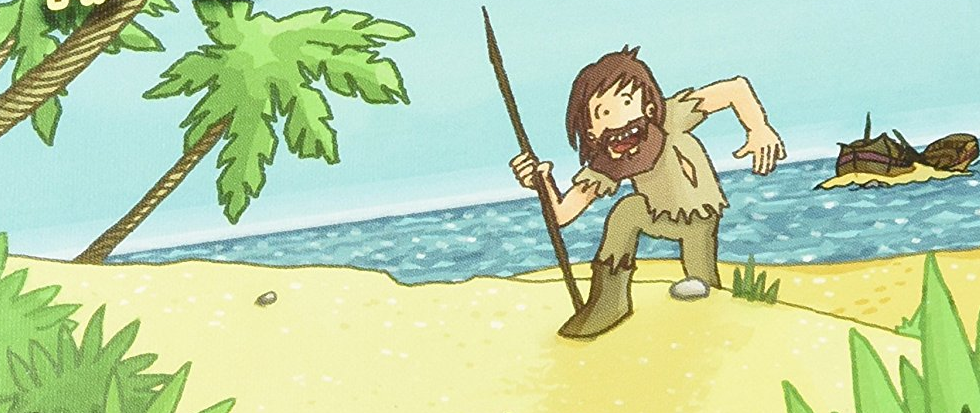
Cardboard for One: Embracing the Solo Game
My grandmother loved to play Solitaire. I can remember her sitting at the breakfast nook table laying out cards, picking them up, shuffling, and dealing out a new game all over again. She would spend hours playing, the smell of fresh cigarette smoke marking the time. I always resented how much time she spent away from the rest of us lost in her cards, a resentment I picked up from my mother. The two never got a long very well, but that is a different story. My grandmother’s aloofness left a bad taste in my mouth, and I long associated solitaire games with isolationist behavior. I only recently learned to look past that stigma.
Board games are a group activity, something that friends and family can use as a tool for bonding. At least traditionally this is the case. But in recent years, designer board games have exploded in popularity, and have come to encompass every imaginable genre, play style, and taste. Because the industry has become so varied and substantial, it’s not that big of a surprise that games playable by a single player have earned a prominent place in the board game pantheon.
Like other games, solo games come in a dizzying variety of forms, but most are simply variants of games designed for a full table; while there are thousands of games playable by one player, surprisingly few are built for one person specifically. That shortlist includes Friday, a small deckbuilder based in the world of Robinson Crusoe. I stumbled upon Friday when I was working on an article for another project, and it seems to have left an odd impression in my mind.
The goal of Friday is to help Robinson Crusoe survive on his island. This is accomplished by overcoming challenges like wild animal attacks, a sinking rowboat, and more. Each completed challenge adds a stronger card to your deck, or removes a particularly weak one from the game. As I read the rules and watched tutorial videos, the more I became intrigued by Friday. And so I ordered the game, and played it several times. And then something happened that took me by surprise. I was struck by how much it reminded me of another solo-only game: Solitaire, my grandmother’s favorite pastime.
It wasn’t the gameplay or theme that drew the parallel in my mind. Rather, it was the way Friday is played. Each turn, a card is drawn, it presents a challenge, and then you overcome it. This is a very dumbed-down telling, but the more intricate rules aren’t relevant in this instance, it’s the methodical pacing that the game takes on after a time that matters: draw, asses the challenge, complete, then draw again. Soon, the game becomes an exercise in muscle memory, just like Solitaire. Draw, assess, complete, draw.
I used to scoff at the idea of a solo board game experience. My grandmother liked to isolate herself, which put a strain on her relationship with my mother. But a game of Solitaire is no different from playing a video game or reading a book or any other solo activity. Friday convinced me that sometimes it’s okay to spend time at the table by yourself. This revelation did not shed light on the complex relationship my mother and my grandmother shared, but it did help me understand the myriad roles games can play in the family dynamic. I let the past color my impression of solo games in an unfavorable light, and I understand how narrow minded that was. Because I enjoy Friday does not mean I don’t still enjoy games of Power Grid or Concordia with my friends. Because I enjoy Friday, I have come to respect the power of a solo game.





